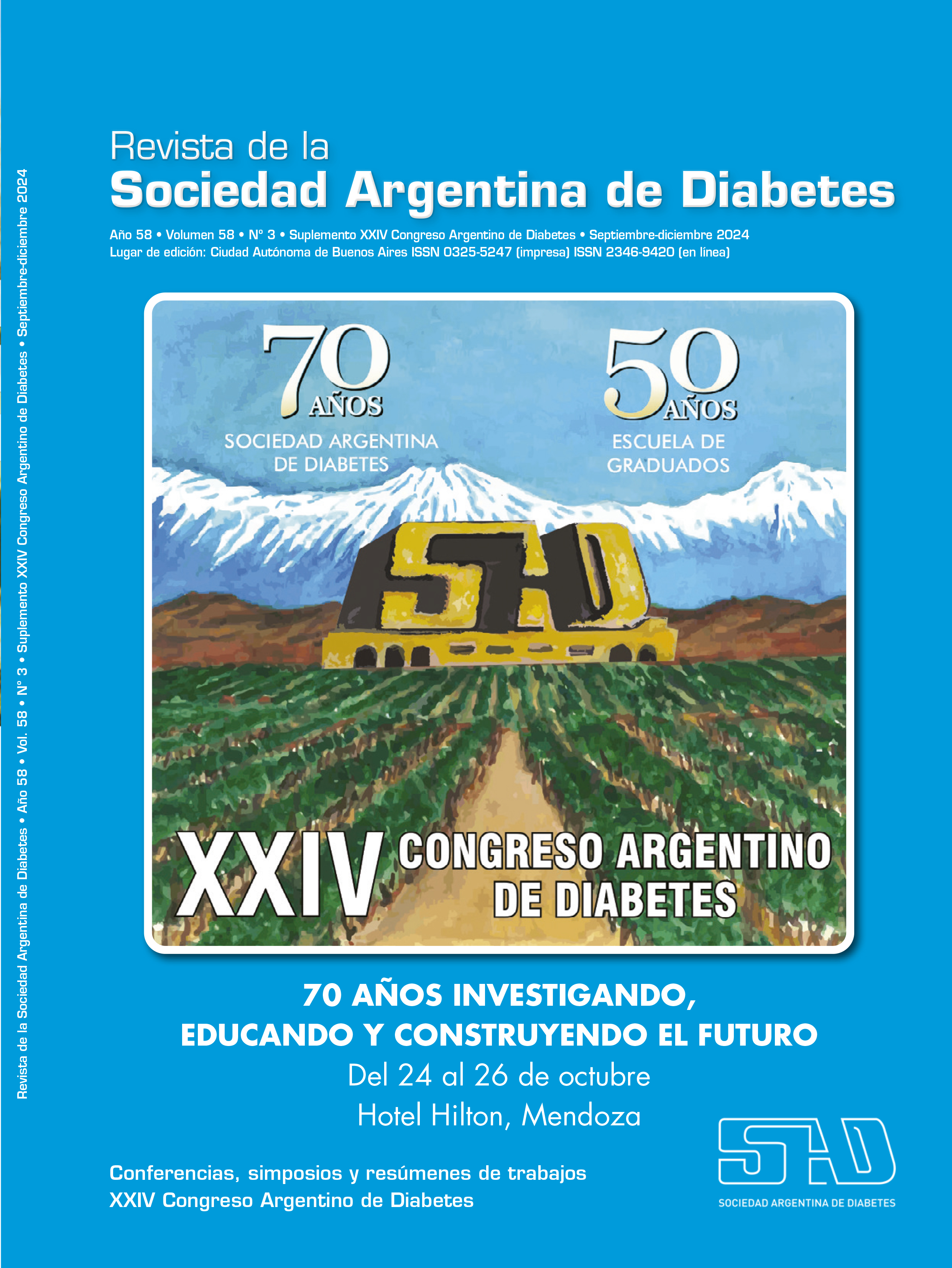Eating disorders and type 1 diabetes mellitus
Keywords:
eating disorders, diabetes mellitus type 1Abstract
Eating disorders (ED) occur 30% to 50% more frequently in patients with diabetes mellitus type 1 (DM1) than in the general population. Diagnosing an eating disorder or altered eating behaviors in patients with DM is very complex, since the symptoms and behaviors can go unnoticed, believing that they are symptoms of DM. Some of the common warning signs include: persistently high hemoglobin A1c, frequent emergency hospital visits or admissions for diabetic decompensation, significant increase in drive for thinness and body dissatisfaction, eating behaviors similar to those of people with bulimia nervosa, hyperglycemia leading to frequent infections, infrequent attendance at scheduled follow-up appointments, unreliable blood glucose monitoring (irregularities in documentation of glucose measurements).
Early detection and early approach are essential since the sum of the morbidity and mortality of both diseases makes it a complex pathology that warrants the intensive approach of a specialized team.
References
I. Keane S, Clarke M, Murphy M, McGrath D, Smith D, Farrelly N, et al. Disordered eating behaviour in young adults with type 1 diabetes mellitus. Journal of Eating Disorders 2018; 6:9.
II. Navarro-Falcón M, Jáuregui-Lobera I, Herrero-Martín G. Trastornos de la conducta alimentaria y diabetes mellitus: tratamiento nutricional. JONNPR 2020;5(9):1040-58.
III. Marucci S, et al. Eating disorders and type 1 diabetes: a perspective. Endocr Metab Immune Disord Drug Targets 2022;22(13):1245-1251.
Downloads
Published
Issue
Section
License
Copyright (c) 2024 on behalf of the authors. Reproduction rights: Argentine Society of Diabetes

This work is licensed under a Creative Commons Attribution-NonCommercial-NoDerivatives 4.0 International License.
Dirección Nacional de Derecho de Autor, Exp. N° 5.333.129. Instituto Nacional de la Propiedad Industrial, Marca «Revista de la Sociedad Argentina de Diabetes - Asociación Civil» N° de concesión 2.605.405 y N° de disposición 1.404/13.
La Revista de la SAD está licenciada bajo Licencia Creative Commons Atribución – No Comercial – Sin Obra Derivada 4.0 Internacional.
Por otra parte, la Revista SAD permite que los autores mantengan los derechos de autor sin restricciones.




























